
Equestrian disciplines cover a wide range of varying activities from gentle forms of trail-riding and camping out with your horse to more extreme sports such as three-day eventing and endurance riding. Carriage-driving, polo, and racing are a few of the other ways in which people enjoy the company of their equine friends.
Every hobby or pastime has its own jargon and the horse world has many terms not found elsewhere. Until they are around two or three years old, male horses are called colts and females fillies. Once fully grown, an entire horse is called a stallion and a female a mare.
Babies are called foals and sometimes colts, even when they are female. Stallions may be castrated to prevent them breeding and to make them more tractable. They are then called geldings. The mother of a horse is its dam and the father the sire.
Horses are measured in hands. A hand is four inches. Each country and discipline may vary slightly but ponies are usually considered those equines that stand less than 14.2 hands. A tall horse would be considered one of perhaps 17 hands or over. There are miniature ponies and miniature horses. Both are very short but the miniature horse has much finer bone and is more horse-like in appearance.
The measurement is taken at the wither which is the highest point of the spine and at the base of the neck. Most horses have six lumbar vertebrae and eighteen pairs of ribs. The Arabian horse however often has seven lumbar vertebrae and only seventeen pairs of ribs.
Horses are sometimes described as cold, warm or hot-blooded. Cold-blooded horses are the massive breeds which were bred as work animals. These draft horses are slower moving, have less fiery temperaments and are more powerfully built than the hot-blooded, fine-boned breeds such as the Thoroughbred and Arabian. These are high-spirited and fast, with great endurance and energy. Warmbloods have equable dispositions and sturdier bone structure. A thoroughbred sometimes refers to a purebred horse of any breed.
Horses come in many colors. A reddish-orange is called a sorrel or chestnut. A palomino has a golden coat with white mane and tail. A horse with black and white patches is called a piebald; any other color and white is a skewbald. Collectively they are termed pintos, paints or colored horses. A dun is a brown color of some shade with black mane, tail and 'points'. Points are the lower parts of the legs. The mane is the coarse hair which grows along the top of the neck.
Horses often have white markings on the face and legs. A snip is a small white spot on the muzzle, a star is a white mark between the eyes and a stripe or strip is longer and descends down the face. If the stripe is quite wide it becomes a blaze and a horse with very wide blaze is said to be baldy-faced. Areas of white around the lower legs are called socks. If they extend further up the legs they become stockings. While the eyes of most horses are brown, some have one or two blue eyes. These are called wall, moon, glass, night or china eyes. There is more equestrian terminology found in each discipline.
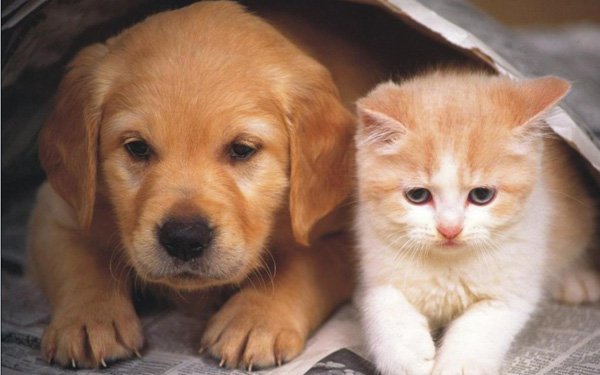 5 dog parenting techinques
5 dog parenting techinques
What about being a
5 dog parenting techinques
5 dog parenting techinques
What about being a
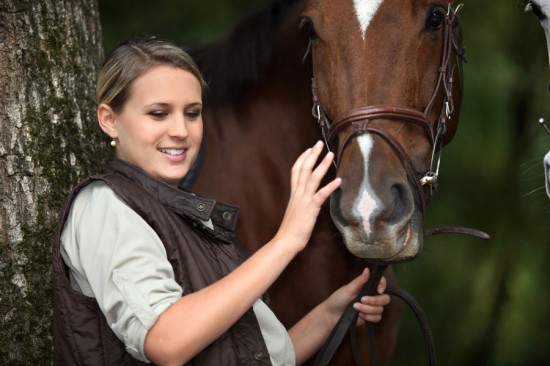 Your First Horse....to Buy Or Not To Buy
Your First Horse.
Your First Horse....to Buy Or Not To Buy
Your First Horse.
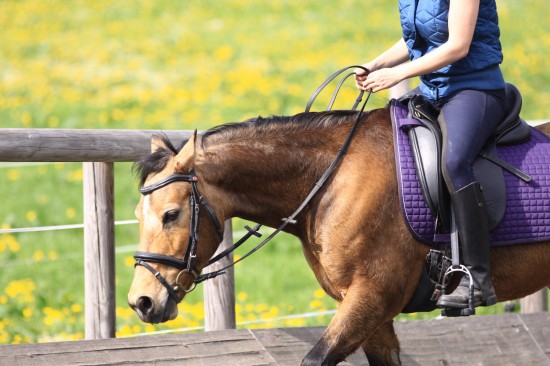 Finding The Right Horse Riding Instructor
Finding The Right
Finding The Right Horse Riding Instructor
Finding The Right
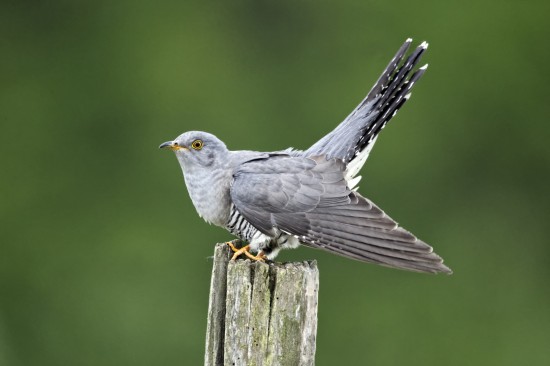 Brood Parasites In Birds
Brood Parasites I
Brood Parasites In Birds
Brood Parasites I
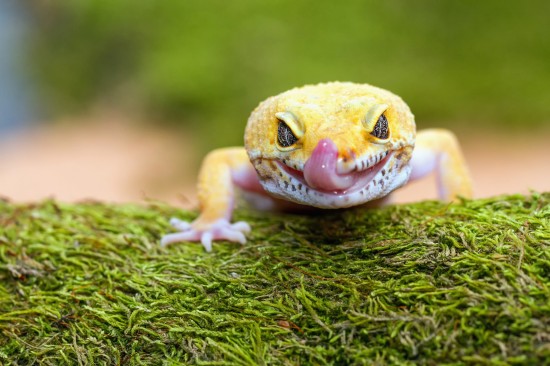 5 Exotic Pets To Consider As A Family Pet For The Kids
5 Exotic Pets To
5 Exotic Pets To Consider As A Family Pet For The Kids
5 Exotic Pets To
Copyright © 2005-2016 Pet Information All Rights Reserved
Contact us: www162date@outlook.com